Fur, Feathers, Flowers And More #10
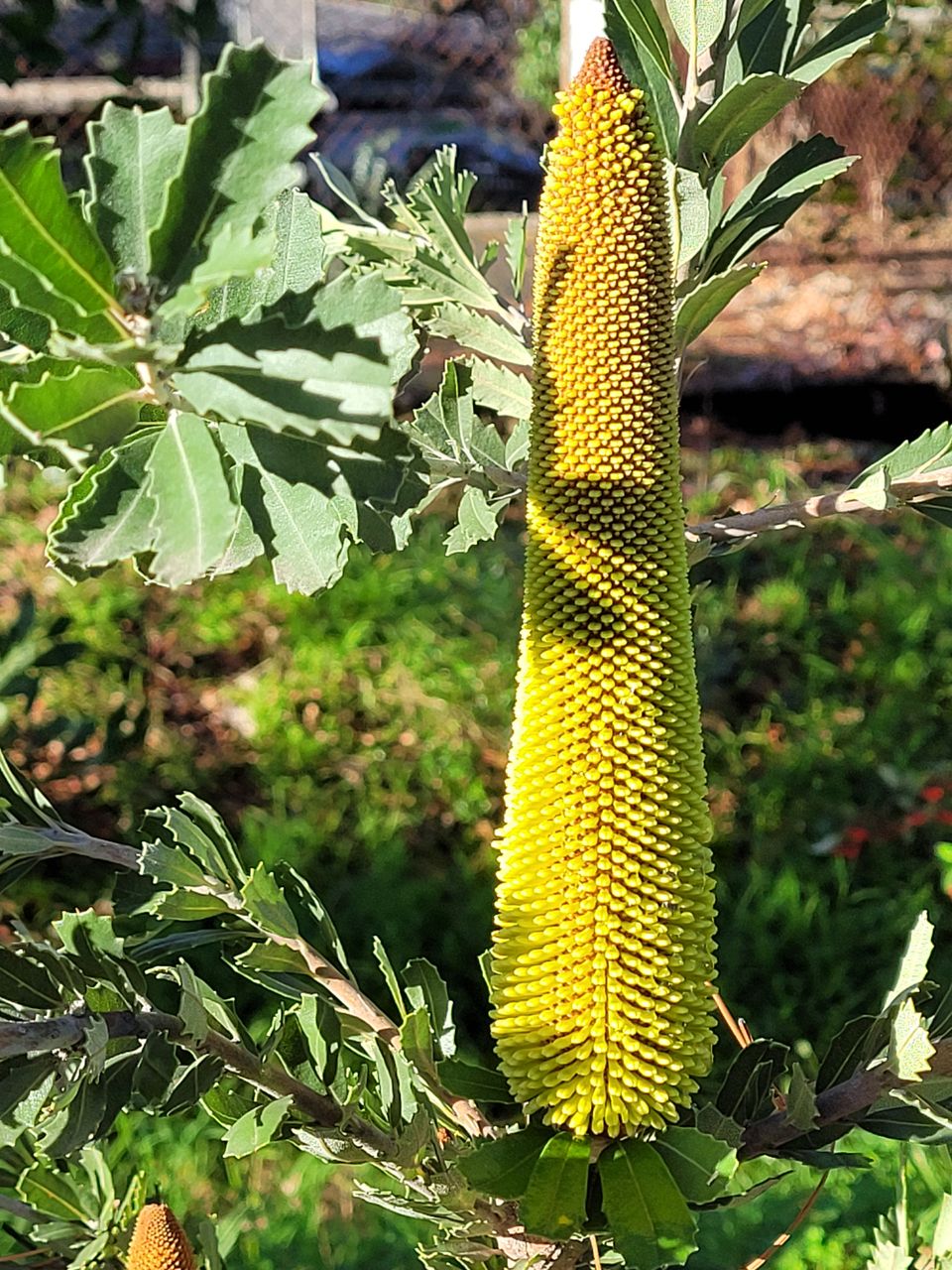
You know the drill - skip the weather forecast, dress for Melbourne winter weather and get yourself outdoors!
Here is a small sample of what you can see right here in our suburb - in the rail corridor, planted by Friends of Eaglemont Village volunteers and our guests.

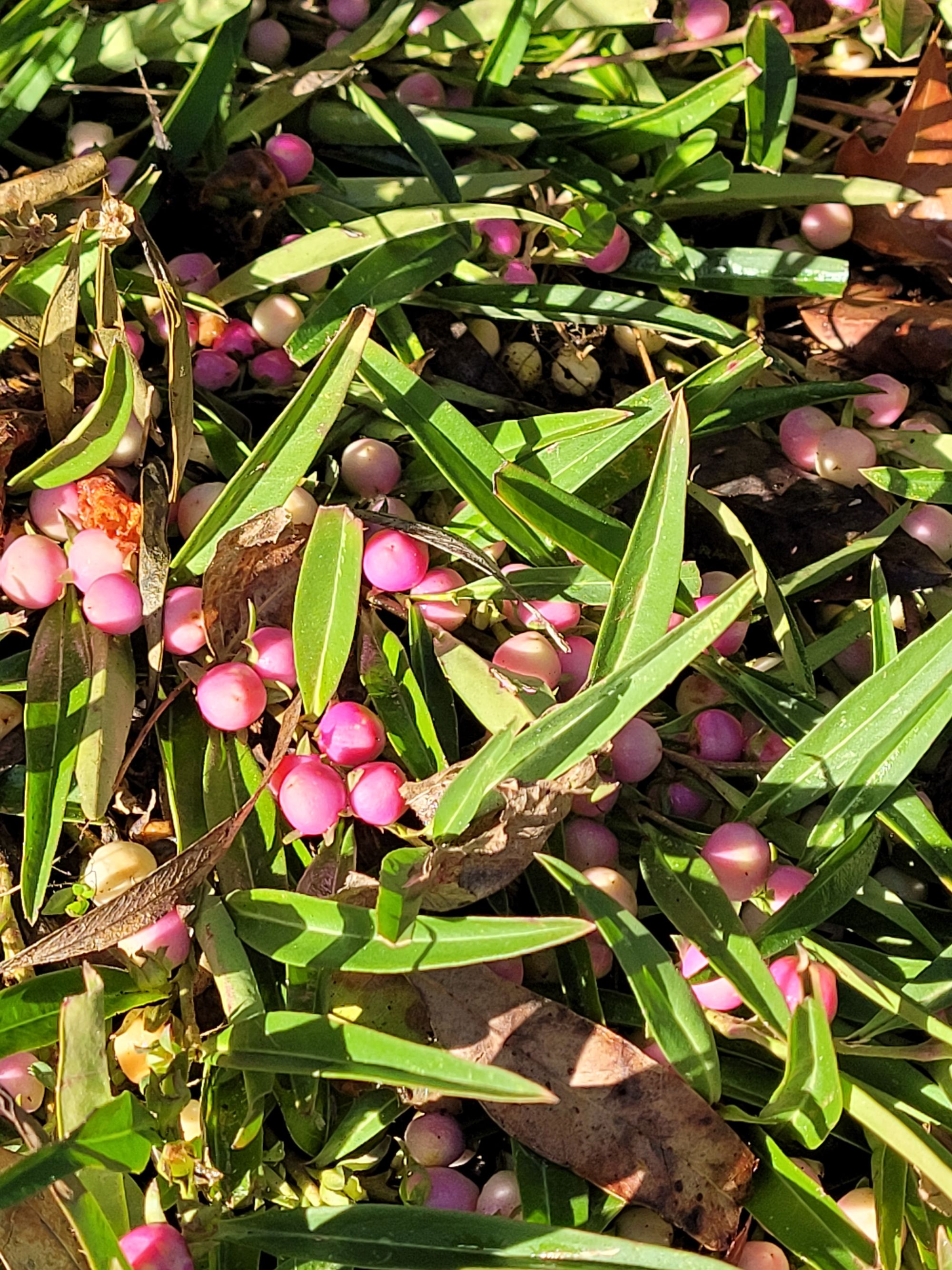
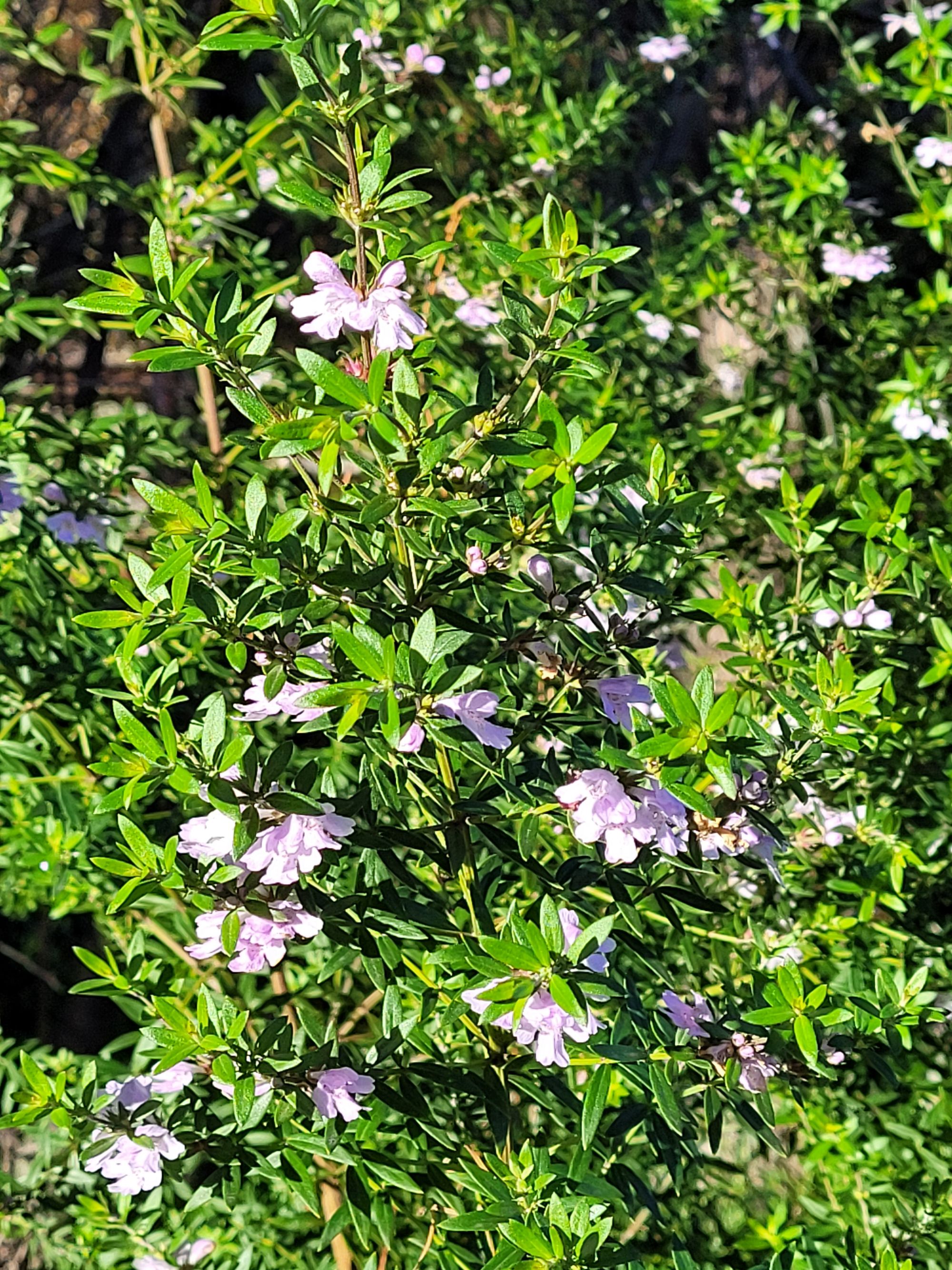
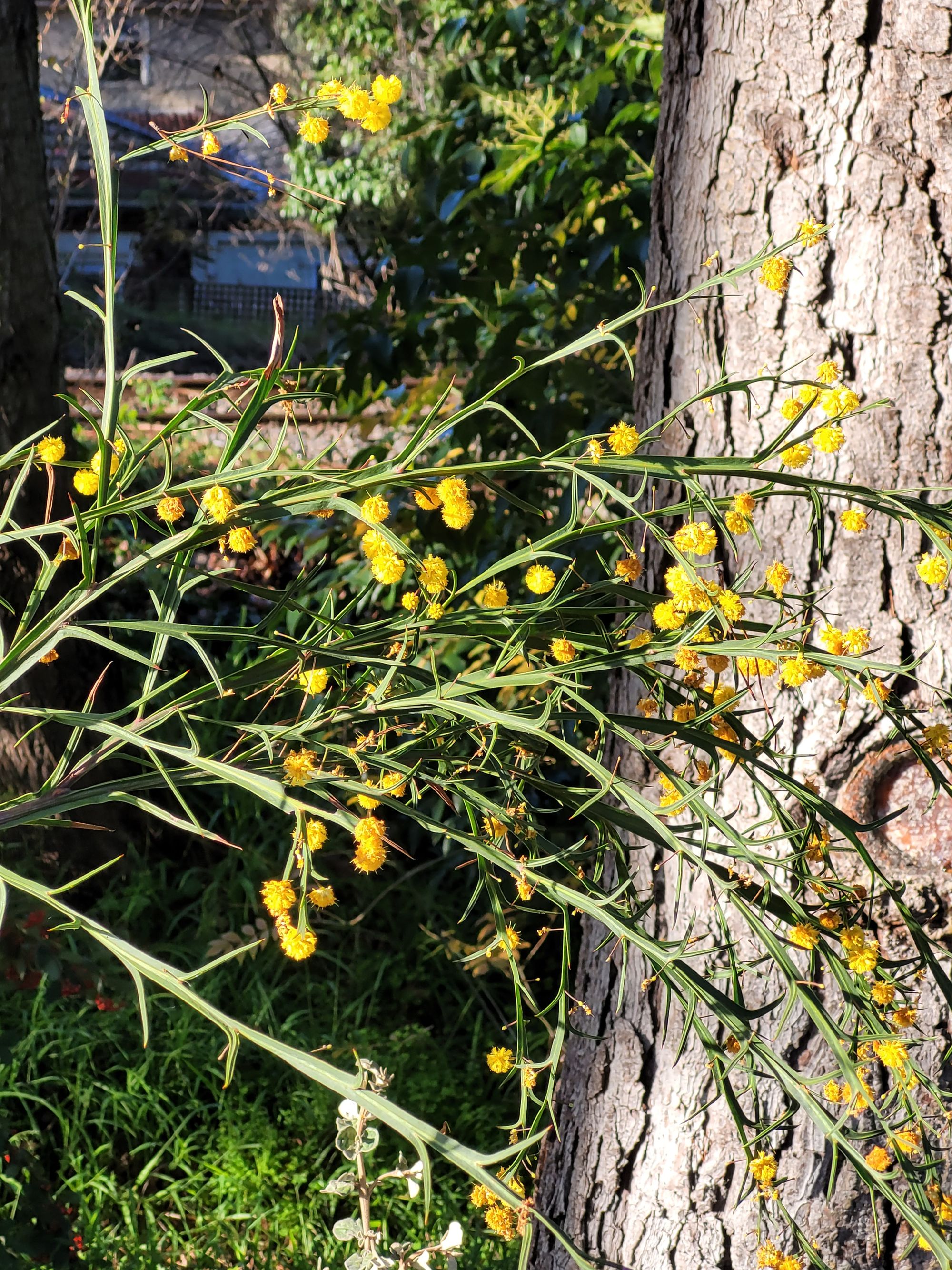
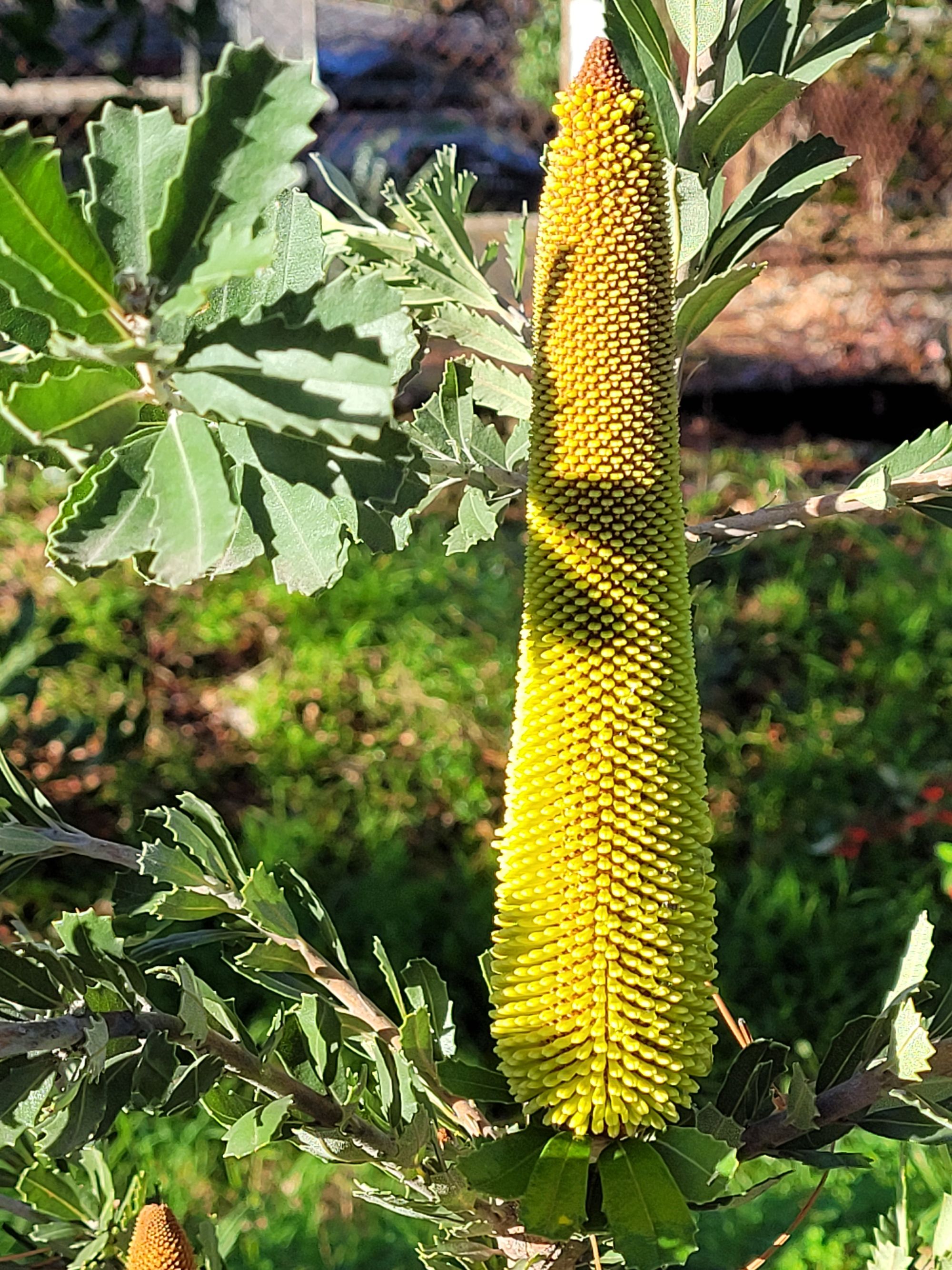


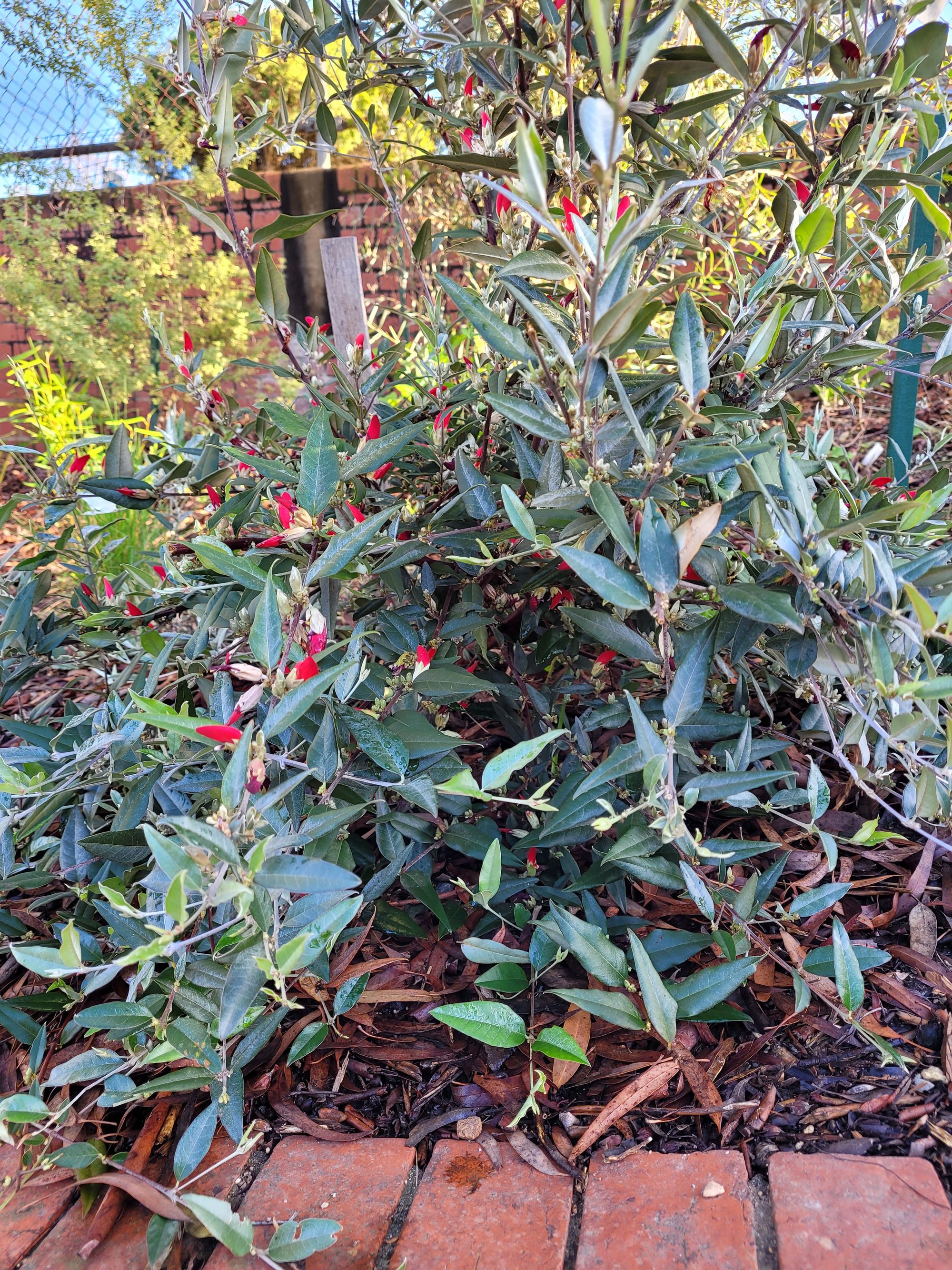
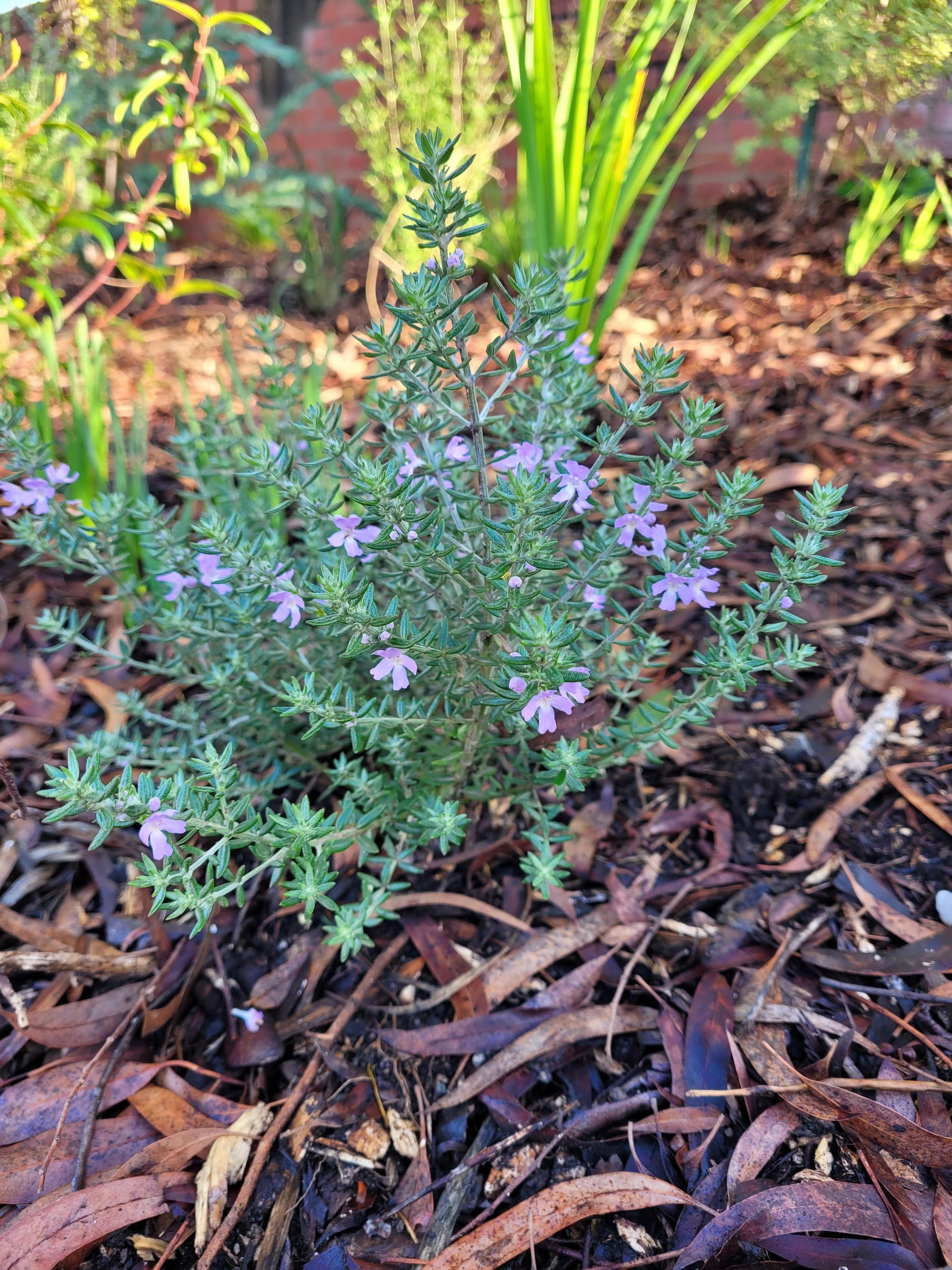
I did a casual neighbourhood scan for autumn leaf litter - not much about, the trees are bare, the Council street sweeping truck has been busy.
Luckily many of our 4 & 5 y.o. plantings are now dropping leaf, blossom and bark to self-mulch right where it is needed.
The end of the autumn fruits - made famous by poet John Keats - has meant less lorikeets and currawongs climbing through the branches in search of a cheap easy meal.
Ringtail possums are doing a fine job of "tooth pruning" our Hardenbergias and Kennedias along the fences - leading to a heavy crop of flower buds on the lower reaches of these creepers.
Our visiting Gang Gangs have not been reported in this past week.
Beast of the Week
Sugar Gliders
Down along the river and its surrounds our colleague-in-arms Robert Bender does a great job leading a team of volunteers undertaking environmental good works.
Robert backs up his weed-pulling, pruning and planting with stocktakes of mammals, frogs, birds, lizards - pretty much anything that he hears or sees in the riverine flats.
His most recent newsletter carries a picture of a Sugar Glider family in a nest box erected by Robert 6 years back.
Cute as can be. Conservation should not be restricted to cute critters, but being cute pushes them to the front of the attention queue.
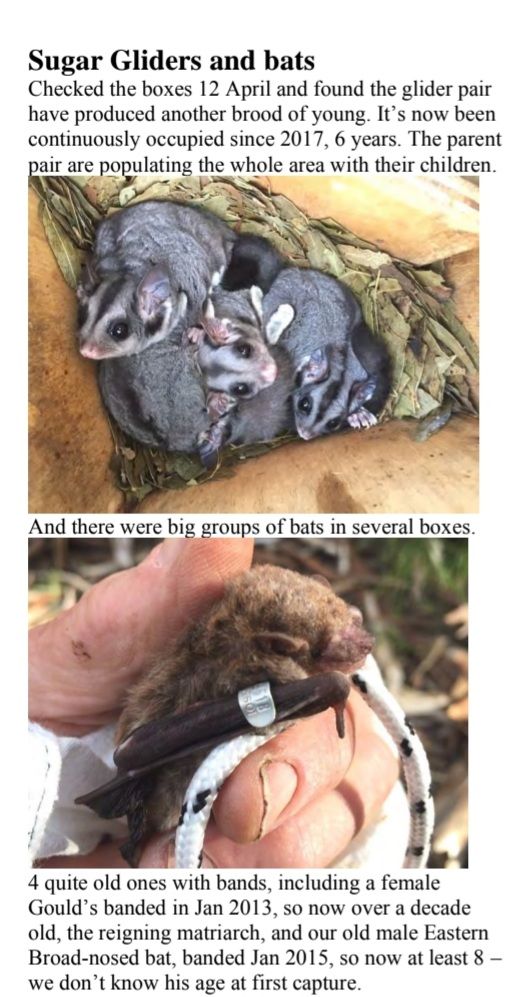
Botanical Beauty of the Week
Eremophila debilis

A true ground-hugger among the wide range of eremophila forms.
Refered to sometimes as "winter apples" on account of the rosy pink fruits - small though!
We have several specimens growing along our bushland wildflower walks waiting for you to visit.
Member discussion